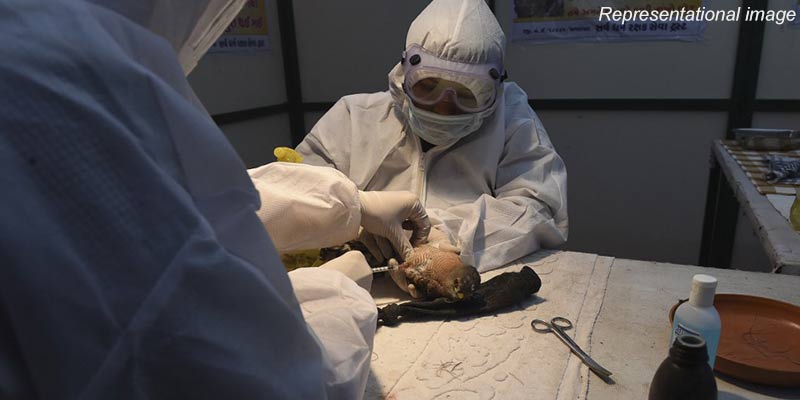- World
- Sep 04
Germany reports bird flu outbreak in north of the country
• Germany reported an outbreak of highly pathogenic H5N1 bird flu on a farm in the northern part of the country, the World Organisation for Animal Health (WOAH) said on September 3.
• The H5N1 virus was detected in a flock of 2,800 laying hens in the town of Schenefeld, causing the death of 100 birds, the Paris-based WOAH said, citing a report from the German authorities.
• The spread of Avian Influenza, commonly called bird flu, has raised concerns among governments and the poultry industry after it ravaged flocks around the world in recent years, disrupting supply, fuelling higher food prices and raising the risk of human transmission.
Bird flu (Avian Influenza)
• Bird flu (Avian Influenza) is a contagious viral disease affecting several species of food producing birds (chickens, turkeys, quails, guinea fowl, etc), as well as pet birds and wild birds.
• Occasionally mammals, including humans, may contract Avian Influenza, says World Organisation For Animal Health (OIE).
• Avian Influenza has captured the attention of the international community over the years, with outbreaks in poultry having serious consequences on both livelihoods and international trade in many countries.
• India notified the first outbreak of Avian Influenza in 2006. Since then, outbreaks have been reported in many states. The disease spreads mainly by migratory birds coming into India during winter months, September-October to February-March.
Human infection with Avian Influenza
• Although most Avian Influenza viruses do not infect humans, some, such as Avian Influenza H5N1, H7N9 and H9N2, are well known to the public because of their implication in serious and sometimes fatal infections in people.
• H5N1, for example, a highly pathogenic AI virus, was initially diagnosed in humans in Hong Kong in 1997. The virus then re-emerged in 2003 and 2004, and spread from Asia to Europe and Africa causing several hundred human cases and deaths, as well as destruction of hundreds of millions of poultry.
• This Asiatic form of H5N1 triggered concern from scientists and authorities and remains under close surveillance due to its feared pandemic potential if a mutation allows it to be transmitted from human to human.
• Nowadays, due to ongoing circulation of various strains (H5N1, H5N2, H5N8, H7N8, etc), outbreaks of Avian Influenza continue to be a global public health concern.

